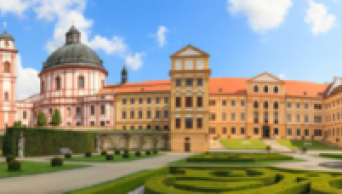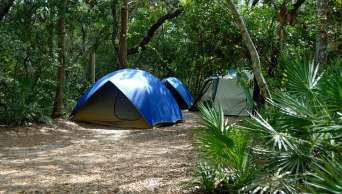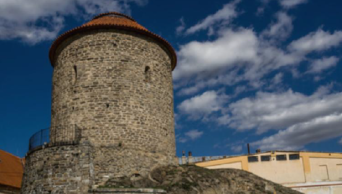Roštejn Castle
The Gothic castle Roštejn was built on a rocky promontory in the Jihlava hills in the first half of the 14th century by the lords of Hradec. The dominant feature of the castle is a 48 m high tower with an unusual heptagonal shape, which is accessible to the public. From the castle tower, there is a nice view of the wooded Jihlavská vrchy, and with good visibility you can see as far as the Alps.
























